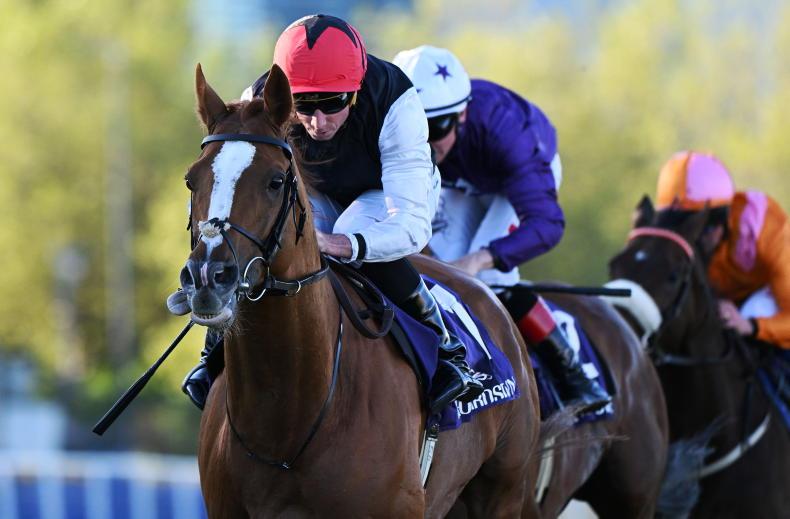THE 18-year-old former point-to-pointer I used to ride up and down the roads of Fermanagh had “a bit of ringbone” as it was described to me. To be fair, we didn’t do much hard work and he lived to a ripe age without much bother. The recent retirement of Kyprios, one of the most accomplished stayers in modern racing is a different matter, however.
The news of his retirement has brought renewed attention to the condition known as ringbone - a degenerative joint disease that can end the careers of even the most elite racehorses. Trained by Aidan O’Brien and owned by Coolmore, Kyprios amassed 17 wins from 21 starts and over £2.6 million in prize money, making his sudden retirement this month all the more poignant. It was reported that the retirement decision followed the aggravation of an old ringbone lesion. Despite being sound and in good condition, connections opted not to take further risks, prioritising the horse’s well-being over potential accolades.
Progressive and incurable
Ringbone is a form of osteoarthritis affecting the pastern and coffin joints in horses. It manifests as bony growths around these joints, leading to pain, stiffness and lameness. There are two types: high ringbone, occurring in the upper pastern joint, and low ringbone, affecting the lower pastern or coffin joint. The condition is progressive and incurable, often resulting from chronic stress, injury or poor conformation.
For high-performance horses like Kyprios, ringbone poses significant challenges. While some horses can continue light work with proper management, the demands of elite racing made continued competition untenable. In Kyprios’s case, the recurrence of ringbone symptoms, despite being managed effectively in the past, signalled that retirement was the most humane and responsible choice.
Surgical intervention
Advancements in veterinary care have improved the management of ringbone. Treatment options include anti-inflammatory medications, specialised shoeing, and, in some cases, surgical intervention. However, prevention remains challenging. Maintaining proper hoof balance, avoiding excessive work on hard surfaces, and ensuring adequate warm-up routines can help reduce the risk.
Kyprios’s retirement underscores the importance of prioritising equine welfare. His connections’ decision reflects a commitment to the horse’s quality of life beyond the racetrack. As he transitions to retirement, Kyprios leaves behind a legacy of excellence and serves as a reminder of the delicate balance between ambition and welfare in racing.




 This is a subscriber-only article
This is a subscriber-only article
 It looks like you're browsing in private mode
It looks like you're browsing in private mode










SHARING OPTIONS: